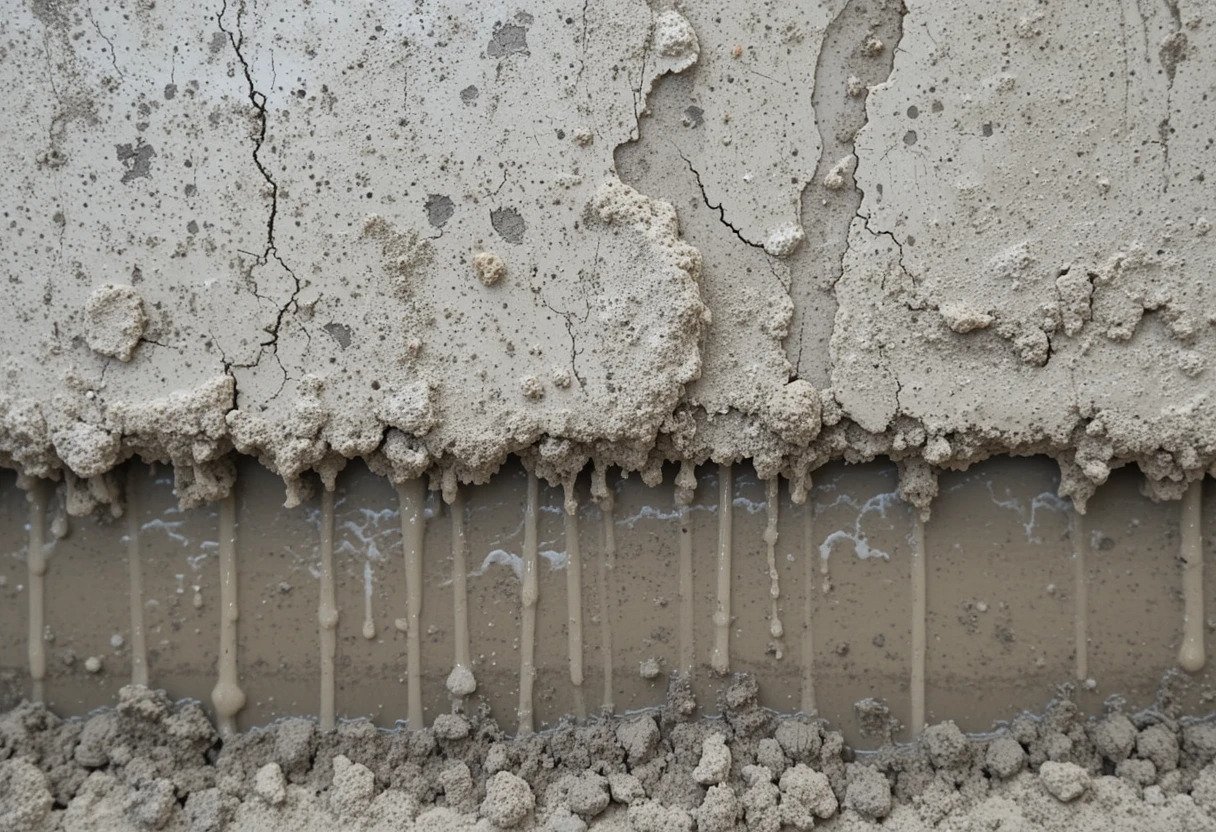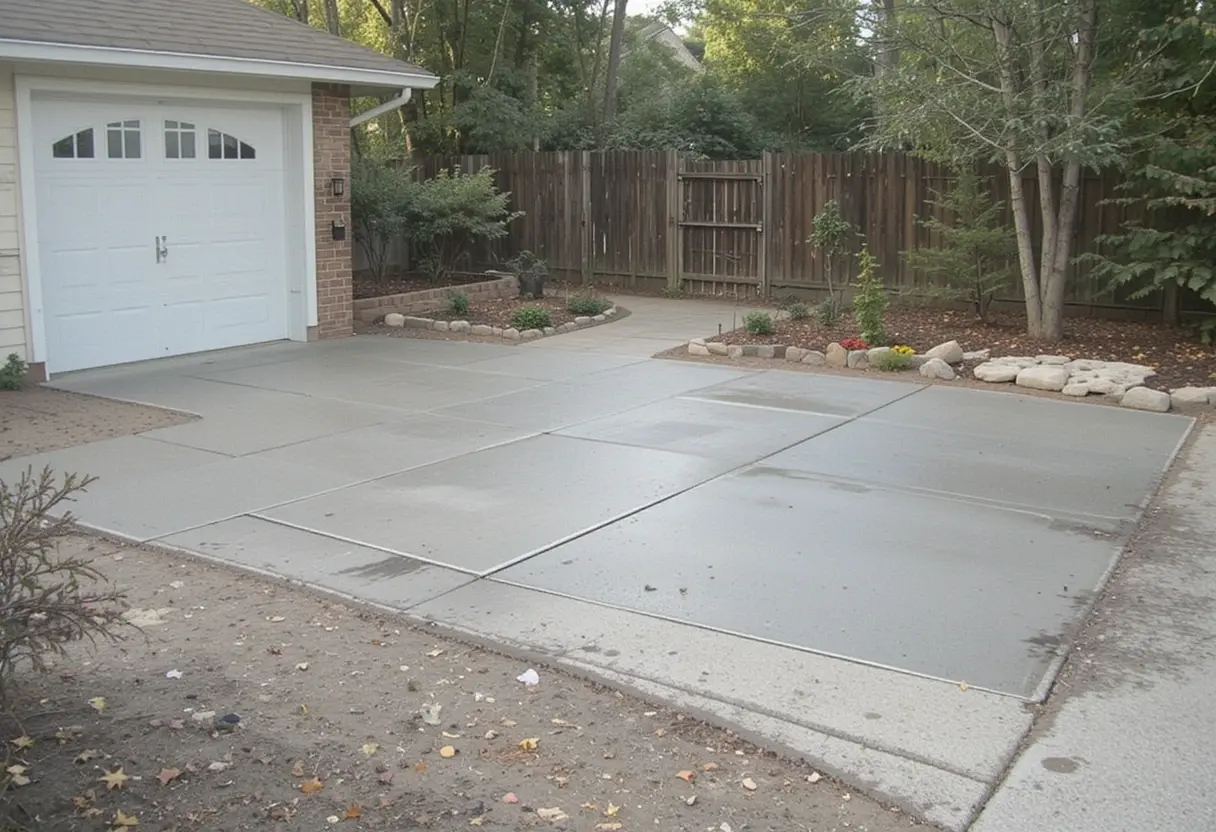Concrete is one of the most durable building materials available, but its strength and longevity depend heavily on the curing process. Proper curing ensures that concrete achieves its maximum durability, prevents cracks, and enhances overall performance. Many people overlook this critical step, assuming that once concrete is poured, it will naturally harden on its own. However, without proper curing, concrete can become weak, brittle, and prone to early deterioration.
Curing is the process of maintaining moisture, temperature, and time conditions to allow concrete to fully develop its strength. When concrete is poured, a chemical reaction known as hydration begins between water and cement. This reaction must be carefully controlled to ensure that the concrete hardens properly. If moisture evaporates too quickly, the concrete will not reach its full potential strength, leading to weak spots and cracks. Conversely, if curing is not properly managed, the surface may dry faster than the interior, creating internal stress and structural weakness.
The first 24 to 48 hours after pouring concrete are the most critical. During this period, the surface must be kept moist to prevent premature drying. There are several effective curing methods, including water curing, plastic sheeting, curing compounds, and wet burlap coverings. Water curing involves regularly spraying or ponding water onto the surface to keep it hydrated. Plastic sheeting helps retain moisture by acting as a barrier, preventing water from escaping too quickly. Curing compounds, which are liquid sprays, form a protective film over the surface to slow evaporation and ensure even drying.
Temperature control is another crucial factor in curing. Extreme heat can cause rapid moisture loss, while cold temperatures can slow down the hydration process. Ideally, concrete should be cured at temperatures between 50°F and 75°F (10°C to 24°C). If working in hot weather, shading and misting can help prevent excessive drying. In cold weather, insulated blankets or heated enclosures can protect the concrete from freezing before it fully cures. Proper temperature management ensures that concrete develops evenly and achieves its intended strength.
Many contractors recommend a minimum curing period of 7 days, while for high-strength applications, a 28-day curing period is often required. The longer concrete cures under proper conditions, the stronger and more durable it will be. Skipping or rushing the curing process can lead to costly repairs in the future, as poorly cured concrete is more likely to develop surface scaling, spalling, and cracks.
If you’re planning a concrete project, working with an experienced contractor like Conkrete Workz LLC ensures that every step, from mixing to pouring and curing, is handled with precision. We use industry-best curing techniques to guarantee strong, long-lasting concrete structures that stand the test of time. Contact us today for expert concrete services and professional guidance on your next project.



